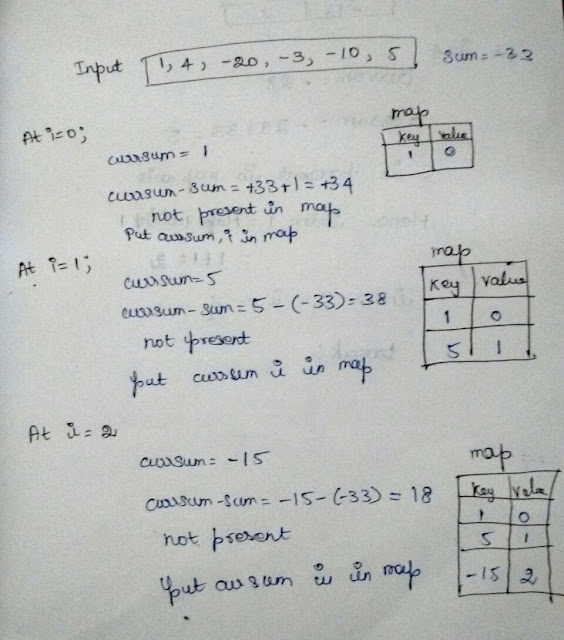Position of rightmost different bit
Problem Link When we do XOR we will get 1 in all places where two bits are different. Then we can find the position of rightmost set bit. Code: package bitManipulation; public class RightMostDifferentBit { public static void main(String[] args){ int m = 11, n = 9; int diffValue = m ^ n; int result = (int)(Math.log10( diffValue & -diffValue) / Math.log10(2)) +1; System.out.print(result); } } Output: 2


